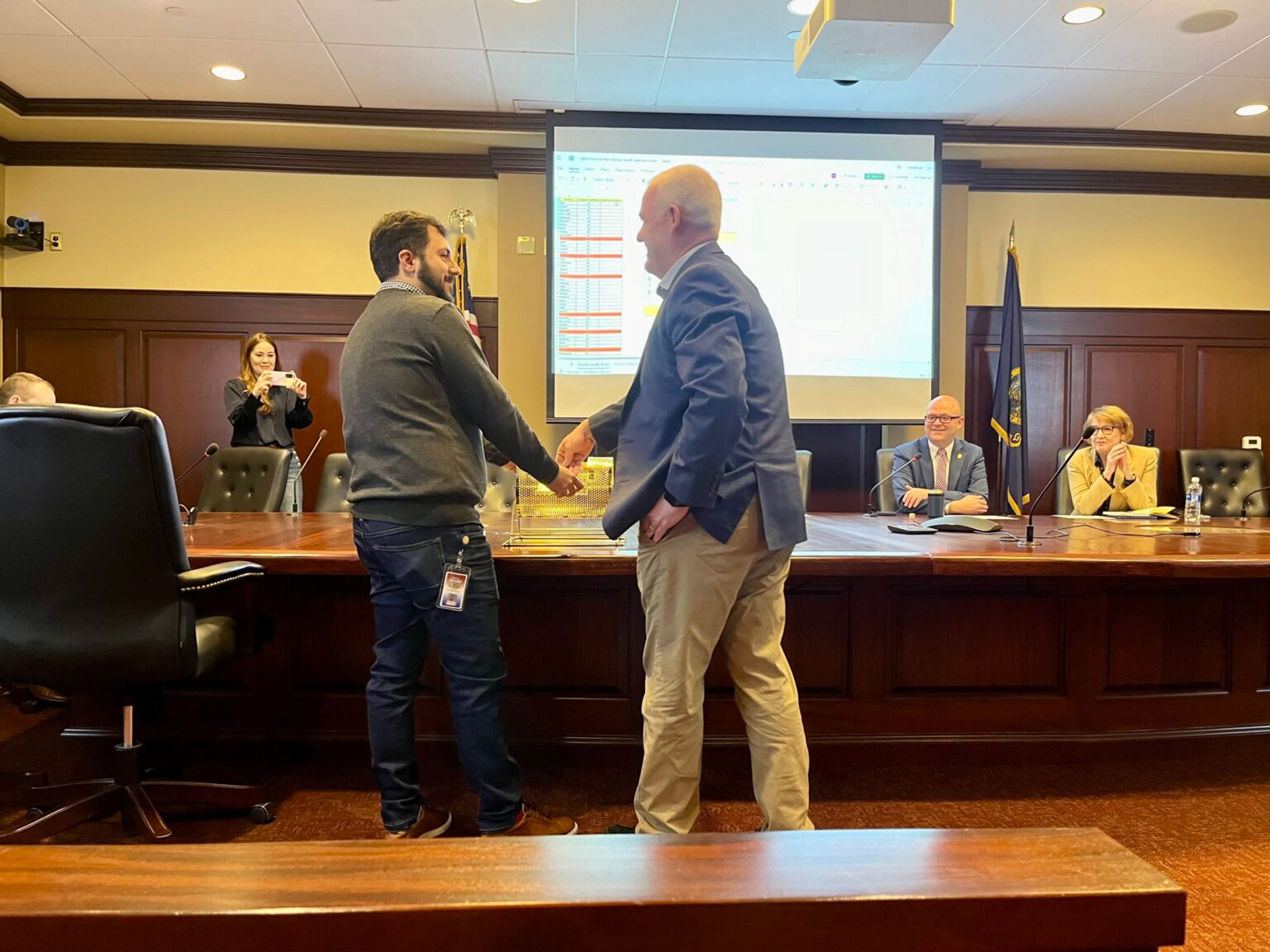Oregon governor to get pension reform bill following close vote
State House passes measure intended to help curb rising pension costs in public sector
SALEM, Ore. — After looking like it would fail, the Oregon House was able to narrowly send the governor a proposal that would rein in rising pension costs by trimming public employee retirement benefits.
Lawmakers initially voted down the proposal Thursday 31-29, with nine Democrats and all Republicans voting against. The chamber remained in suspense for more than half an hour as legislative leaders called a recess to convince defecting Democrats to change their votes.
In the end, Reps. Andrea Salinas and Mitch Greenlick returned to the floor and, without comment, switched to a “yes” vote, sending the measure to Gov. Kate Brown, who has indicated she will sign the bill.
The measure aims to shield public employers from the effect of pension rate increases set to take effect in 2021, which many fear would lead to tens of millions of dollars in costs for the public sector.
In an impassioned speech, Democratic Rep. Paul Holvey, who carried the measure on the floor, blasted lawmakers for refusing to take action on the rising costs of the Public Employee Retirement System, or PERS, which has racked up more than $25 billion in state debt.
Holvey said that instead of raising taxes to invest in the public sector, lawmakers have instead done nothing. The resulting rise public employer cost from that inaction has led to smaller budgets, layoffs and reduced services, he said.
“This body, since I’ve been here, has not done anything meaningful to raise revenues to stem the spiraling down in Oregon that’s not just impacting our public services but impacting our whole economy,” he said.
Now, in order to mitigate the effect of rising pension costs set to hit employers in 2021, Holvey said legislators are left with two incredibly difficult choices: redirect retirement benefits; or do nothing and let employer rates continue to increase, which could lead to even more layoffs and reduced services.
“I’m frustrated and it hurts me to have to look at a redirect,” he said. “But we have to pass something to stem this.”
The plan essentially refinances the PERS debt, extending the state’s repayment period from 20 to 22 years. More controversially, the measure also redirects 2.5 percent of employee salary toward PERS. That translates to a 7 percent to 12 percent cut to employees’ secondary retirement account, which is a 401(k)-type plan that supplements the public pension.
The proposal is expected to save school districts tens of millions of dollars, according to data provided from the Speaker’s Office. Portland Public Schools, for example, would save more than $50 million in the 2021-23 biennium.
But public employees — which include teachers, firefighters and child welfare workers — fiercely oppose the idea, saying that the state is forcing workers to pay for a problem they didn’t create.
“The Oregon House took a vote today that is anti-worker and will have the deepest impact on women and people of color by reducing the promised retirement security of public service,” said Tom Chamberlain, president of Oregon’s AFL-CIO. “Oregon’s union movement will continue to fight to protect the compensation of all workers and against these types of harmful cuts.”
Opponents also said the measure doesn’t make any meaningful efforts to pay down the debt, and that lawmakers will still have to return to the Capitol and confront this issue again in a few years.
Some Republicans and Democrats echoed that sentiment on the floor, with many saying the reform isn’t substantial enough and that they made a promise to public employers not to cut benefits.
A statement from the governor’s office said that the legislation stabilizes PERS rates and that, “going forward, Gov. Brown will not look to public employees for further contributions.” She will instead look for other sources to pay down the debt, according to the statement.








